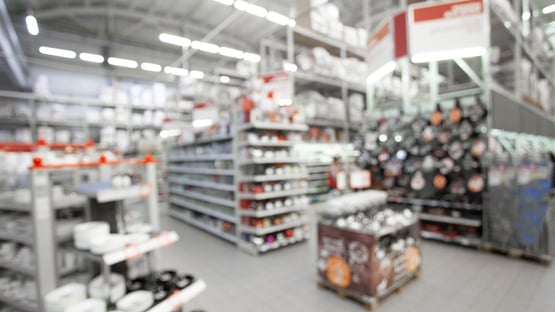The U.S “worry index”, showing how concerned consumers are about COVID-19, was at 29 percent during autumn 2020, nearly matching its original high point at 30 percent in March 2020, according to the Dunnhumby Consumer Pulse Survey. At the same time, another survey from Mood Media, shows that 38 percent of consumers are too nervous to visit non-essential retail, instead increasing their use of omni-channel services like social commerce, virtual consultations and curbside pickup.
A whole 51 percent of consumers spend less time in-store shopping than before COVID-19 and 49 percent believe they might catch COVID-19 in the store.
The surveys also show that many consumers plan to continue this behavior after the pandemic, making it essential for retailers to work harder in getting consumers more comfortable visiting stores. While the physical barriers and use of masks play an essential role, there are many more things retailers could do fairly easily to address the increased need for in-store safety among consumers.
Touchless…
One such area is touchless management, where both inventory and replenishment could be made more touchless in the store, by implementing Pricer Electronic Shelf Labels (ESL) or activating your existing Pricer shelf labels.
Using the flash capability at the shelf edge could decrease the time spent by staff in the store aisles replenishing and managing inventory as well as gathering and putting together click & collect orders, ensuring that staff are out of the aisles as quickly as possible.
Further, by activating product positioning functionality in your ESL system, consumers could more quickly find their products, and decrease the time they spend wandering around the store.
Payment at the shelf edge
Adding more options to pay, including at the shelf-edge leveraging the Near Field Communication (NFC) functionality now available in the latest generation of labels, could make consumers shop more efficiently and feel safer.
Adding these types of functionality does not require any large investments for most ESL enabled retailers, as the infrastructure in most cases is already there. Instead, it is often a matter of activating the existing functionality, training the staff and educating the consumers.
These are easily accessible additions that can play a key role in regaining the trust of consumers and getting them to return to in-store shopping now and in the future.



